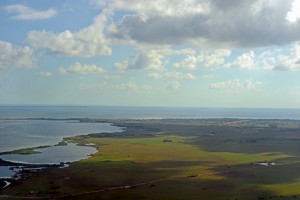
We approach Puerto Lempira from the air. To the left is the lagoon and to the right is visible the dirt air-strip.
PUERTO LEMPIRA—We rose into the clear morning sky from the air-strip at Rus Rus and headed nearly due east. The Cessna was on a sort of Dr. Doolittle mission, taking a planeload of pets along on the supply run to be spayed and neutered by a visiting missionary veterinarian.
Puerto Lempira is a place I had long wanted to visit. Not because there is anything much there, but because there is not. Since I was a boy I have been fascinated by maps, spent long hours staring at their blues and greens, pinks and browns, tracing their roads and putting a finger upon towns and points. Puerto Lempira is the last, farthest city in Honduras. It sits practically on the end of the country, inaccessible directly by road (no matter what some maps say). You have to fly there or catch a boat. The guidebook warns there is nothing to do. So I wanted to go.
The port of Lempira is named after the native Lenca Indian chief who so bravely fought the Spaniards and is a national hero. The Honduran currency is named for him and his doomed resistance seems to form a part of the national character. The town is the capital of the Gracias a Dios department and the largest settlement in the region known as the Mosquitia—The Mosquito Coast. A dirt road of some 50 miles or so does connect Puerto Lempira, by which supplies occasionally arrive via truck, but many of the things that keep the mission going have to be flown in.
Puerto Lempira was also a center of operations for the CIA during the Contra wars of the 1980s. It was during this time that the hospital at Rus Rus was built and some 10 or 15 air miles from Rus Rus we passed over a runway cut out of the jungle capable of handling C130s and other larger aircraft. “They call that Colonel Oliver North International,†said pilot Westley over the intercom. I looked as we passed. There was an air-field and nothing else. Someone was still keeping the forest at bay. We kept flying.
Soon we could see the ocean and land’s end. A crust of buildings hung to the shore and a long runway cut of packed dirt guided us back to earth in plumes of red dust. We walked into town, down unpaved streets until we found a central trash strewn park with a covered shelter facing the ocean. The town feels much like any sleepy Honduran town but there is a sense of being in a port city on the edge of the jungle. You are in the last city, caught between the sea and the howling wilderness. And as a gringo you are a little strange and probably more than a little suspect. If, in my experience, it is good Latin American form to assume every gringo to be a CIA man then it is even more so in a place like Puerto Lempira.
But that is as dramatic as it got. It is a sleepy, dusty, hot place with a pretty, bustling waterfront. There are a few hotels and some restaurants and bars and not a lot else. A shaded square with some vendors sits in the middle of town with a bust of Lempira himself mounted on a crumbling concrete plinth. There are places to buy gasoline and food and other manufactured goods. And I was happy. My feet had traced another line on a remote corner of the planet. I had stood on another edge of the map and looked out towards what lay beyond. And like almost everywhere else, the people were friendly, the sun hot and there was a place under a palm thatched roof where I could watch the waves and drink something cold and reflect that it was unlikely I would ever pass this way again.
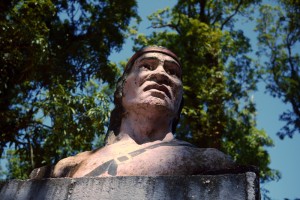
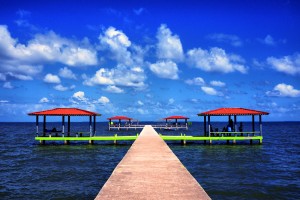


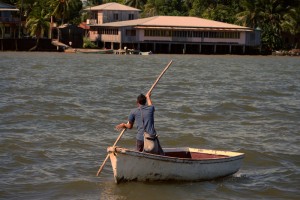
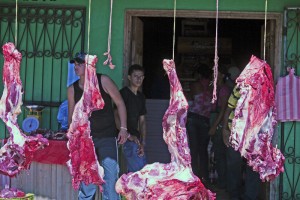
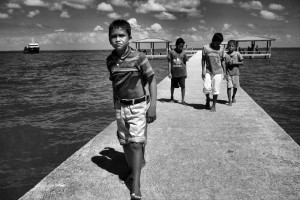
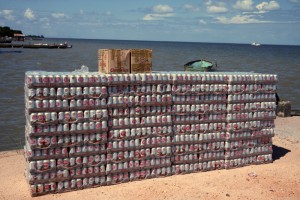
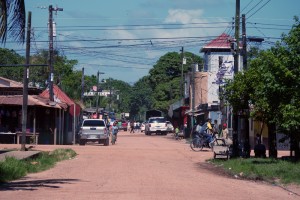



Post a Comment